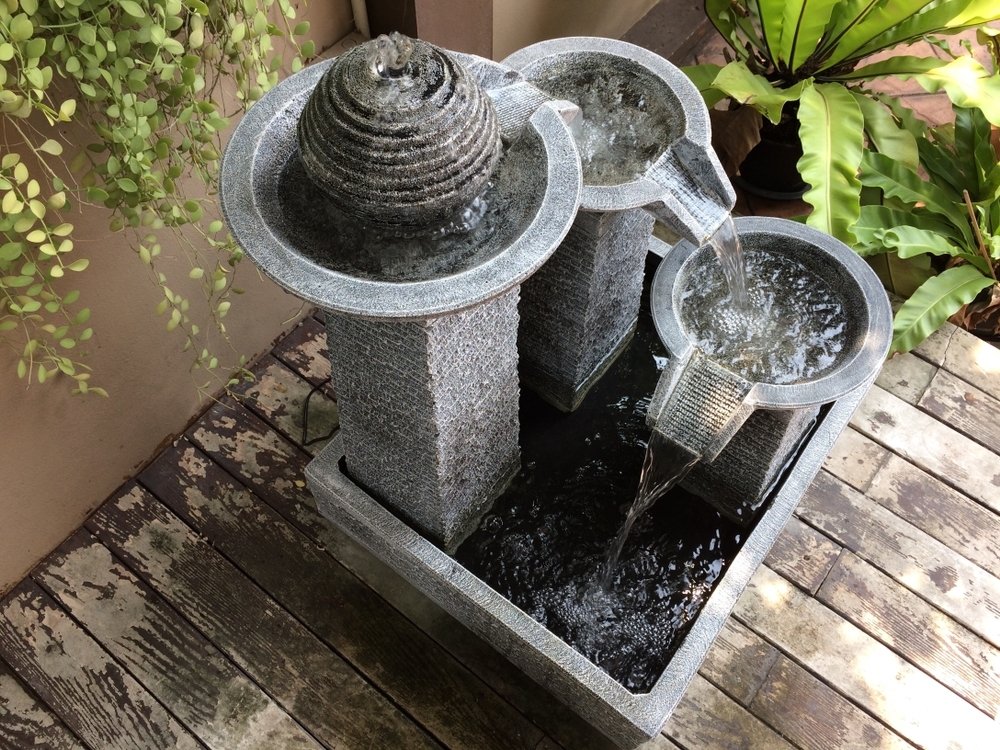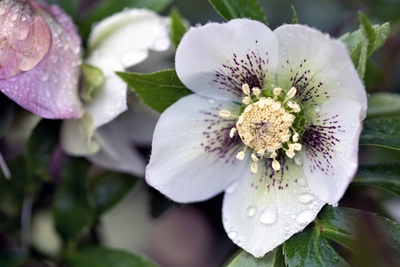Design a Feng Shui garden

To design a Feng Shui garden, you will need to understand the principles of Feng Shui. We explain Feng Shui's principles and show you how to apply a layout, plants and consider every area of your garden to ensure it becomes a haven of tranquillity and relaxation. Think of smooth flowing pathways, no straight edges and lots of natural materials and vibes. A Feng Shui garden will fill your senses with uplifting and a delightful feeling of calm. Here are some tips to get started.
Design a Feng Shui garden with curves
In the natural world, it is scarce to find any straight or formal lines and patterns. So to feel the flow of nature and make your garden as natural as possible, start with curved borders and winding paths. Straight edges will obstruct the flow of a Feng Shui designed space so stick to curves and the natural approach.
Colours are important when you design a Feng Shui garden
Colour in a Feng Shui is all about the theory of the elements which provoke a certain feeling of being in nature. For example, the element 'fire' would be shown with plants full of red, orange and yellow colours. THe element 'earth' would be green, white and light yellow. Similar to ‘hot’ and ‘cold’ garden planting designs, the colours represent the elements of nature and should be placed in the garden's right areas, so do your research.
Design a Feng Shui garden with a lovely lawn
When you absorb yourself in the garden designed with the Feng Shui principles in mind, don’t forget the lush green lawn to relax on. The lawn can be a place to practice yoga, meditation or Tai Chi to really bring your body in balance and enjoy your relaxing space. Remember straight lines are not usually used in a Feng Shui so design a curved or round lawn to fit in.
Harmony with nature is needed to design a Feng Shui garden
One of the most important aspects to remember is how the design is all about harmony and working with nature, never against it. Always consider what you already have grown:
- your soil,
- the climate,
- your wildlife,
- how all of this can help you create your harmonious design.
Ultimately, knowing you are working with the earth for everyone's benefit is the holistic view to take when designing your garden.
Design a Feng Shui garden with wildlife in mind
When you work with nature and create a biodiverse space to support your local wildlife, you will find a great deal of harmony as you watch birds nesting, hedgehogs hibernating and bees pollinating. Consider planting with wildlife in mind with plants for pollinators, trees for nesting and shrubs for berries that the birds will love.
There are many elements to consider, why not visit us for some inspiration and chat with our team. We look forward to welcoming you to our centre in Worcester




